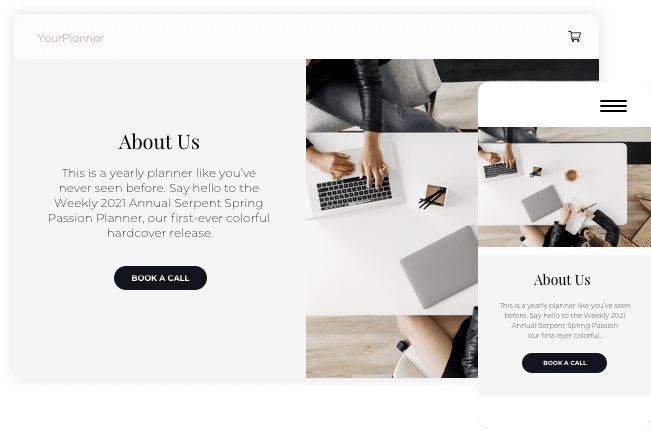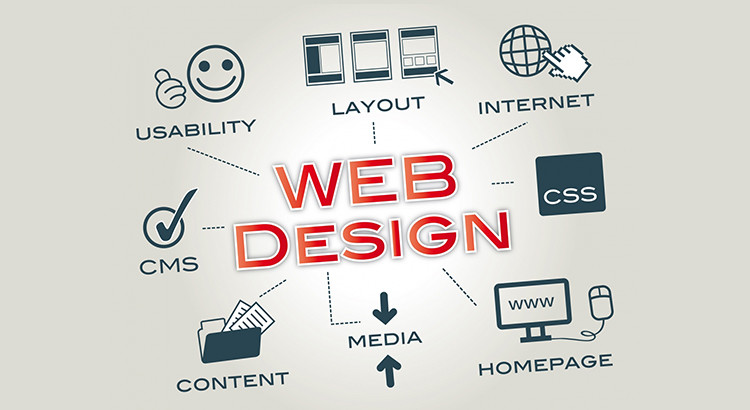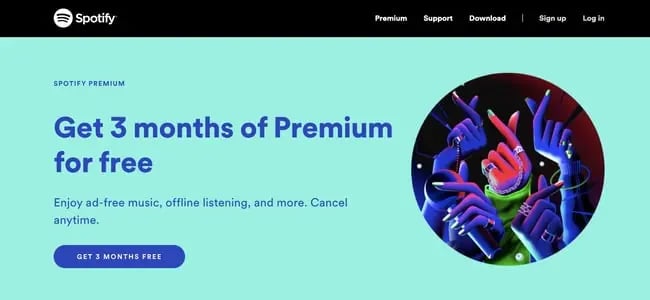Discover the Various Types of Web Design Services for Your Unique Needs
From responsive web layout that adjusts to various tools, to ecommerce web design that drives on the internet sales, to user experience (UX) design that boosts consumer satisfaction, to custom internet design that brings your vision to life-- the opportunities are countless. Whether you're a tiny company owner looking to develop an online presence or a business owner intending to revolutionize the mobile app globe, this conversation will certainly lose light on the different types of web style solutions readily available, helping you make an enlightened choice that lines up with your goals.
Receptive Website Design
Responsive website design is an essential aspect of contemporary web growth that makes certain web sites adjust and display flawlessly throughout different gadgets and screen dimensions. With the enhancing usage of mobile phones, tablet computers, and various other mobile gadgets, it has actually ended up being essential for internet sites to be easily accessible and straightforward on any kind of screen.
Receptive website design utilizes a mix of flexible grids, layouts, photos, and CSS media questions to attain this flexibility. It permits the website to instantly adjust its layout and web content based upon the tool's screen resolution, alignment, and dimension (website design company). This suggests that users can access the site on their computer, laptops, tablet computers, or mobile phones without encountering any type of concerns or needing to focus or bent on see the web content effectively

Ecommerce Website Design

With the increasing demand for online buying, services are now concentrating on shopping website design to create user-friendly and aesthetically appealing sites that drive sales and boost the client buying experience. Shopping web layout encompasses various aspects such as layout, navigation, product display screen, and check out process optimization. These elements are essential for attracting and maintaining clients, along with raising conversion rates.
A reliable ecommerce website design begins with an efficient format that allows customers to easily discover the solutions or items they are searching for. Instinctive and clear navigation menus, search bars, and filtering system options are vital for a seamless browsing experience. Additionally, the item screen ought to showcase high-grade images, comprehensive descriptions, and client reviews to develop trust fund and self-confidence in the item.
Moreover, the checkout procedure need to be optimized for simpleness and convenience. A protected and streamlined repayment entrance, in addition to several settlement options, guarantees a smooth purchase for the client. Additionally, incorporating attributes such as visitor check out, order monitoring, and individualized referrals can improve the general buying experience.
Customer Experience (UX) Design
Customer Experience (UX) Style plays a critical duty in developing interesting and easy to use web sites that focus on the requirements and choices of the target audience. It entails designing and boosting the overall experience that individuals have when connecting with a site or application. UX developers intend to boost user satisfaction by enhancing the functionality, access, and efficiency of the web site.

UX developers concentrate on developing user-friendly navigation, succinct and clear web content, and visually appealing user interfaces. They ensure that the website is simple to navigate and understand, ensuring a pleasurable and smooth user experience.
Along with improving use, UX style likewise thinks about the emotional aspect of user experience. Designers intend to stimulate favorable feelings with visual components, such as shades, typography, and images, which contribute to the total individual fulfillment.
Custom-made Website Design
Custom-made website design includes developing special and tailor-made internet sites that are especially designed to meet the individual requirements and needs of a service or organization. Unlike pre-designed themes or generic internet site designs, customized web style supplies a tailored approach that shows the brand name identification, values, and objectives of the client.
With customized website design, every aspect of the internet site is thoroughly crafted to straighten with the customer's objectives. This consists of the format, color pattern, typography, pictures, and total individual experience. The design process begins with an extensive understanding of the client's business and target audience, allowing the internet designer to develop a site that efficiently connects the customer's message and involves individuals.
One of the vital advantages of customized web layout is its adaptability. As the web site is built from the ground up, the internet designer has full control over its performance and features. This enables the combination of any wanted modifications, such as shopping functionality, web content management systems, or interactive elements.
In addition, personalized website design makes sure that the web site is enhanced for online search engine, making it extra noticeable to potential consumers. By executing SEO finest practices, such as proper keyword positioning and meta tags, the site can attain greater positions in internet search engine outcomes.
Mobile App Style
Mobile application layout entails producing visually appealing and user-friendly user interfaces for applications that are specifically created for mobile devices. With the boosting popularity of smart devices and tablets, mobile app design has ended up being a vital element of electronic item development.

Aesthetic allure is also important in mobile app design. Using shades, typography, and imagery can produce an aesthetically pleasing user interface that captures the user's attention and boosts their overall experience. Furthermore, including brand name aspects and preserving consistency with the company's visual identification can assist develop a solid brand existence within the app.
Mobile app design also includes taking into consideration numerous technical aspects, such as device responsiveness, performance, try this and compatibility optimization - web design services. It is important to make certain that the application works perfectly across different gadgets and operating systems, offering a consistent experience to all individuals
Conclusion
Receptive internet style makes sure a smooth experience throughout various tools, browse around here while shopping internet layout concentrates on developing on-line purchasing systems. Personalized internet layout uses customized options to satisfy certain demands, while mobile app style focuses on creating user-friendly mobile applications.
From responsive internet layout that adjusts to different gadgets, to e-commerce web layout that drives on-line sales, to customer experience (UX) style that improves customer complete satisfaction, to customized web layout that brings your vision to life-- the opportunities are limitless.A reliable shopping internet layout starts with a well-organized layout that permits individuals to quickly find the items or solutions they are looking for. The style process starts with a thorough understanding of the customer's service and target audience, allowing the internet developer to develop an internet site that successfully interacts the client's message and involves users.
Receptive web layout makes sure a seamless experience throughout different tools, while ecommerce web style focuses on developing online purchasing platforms. Personalized internet design uses tailored options to meet certain requirements, while mobile application design concentrates on creating straightforward mobile applications.